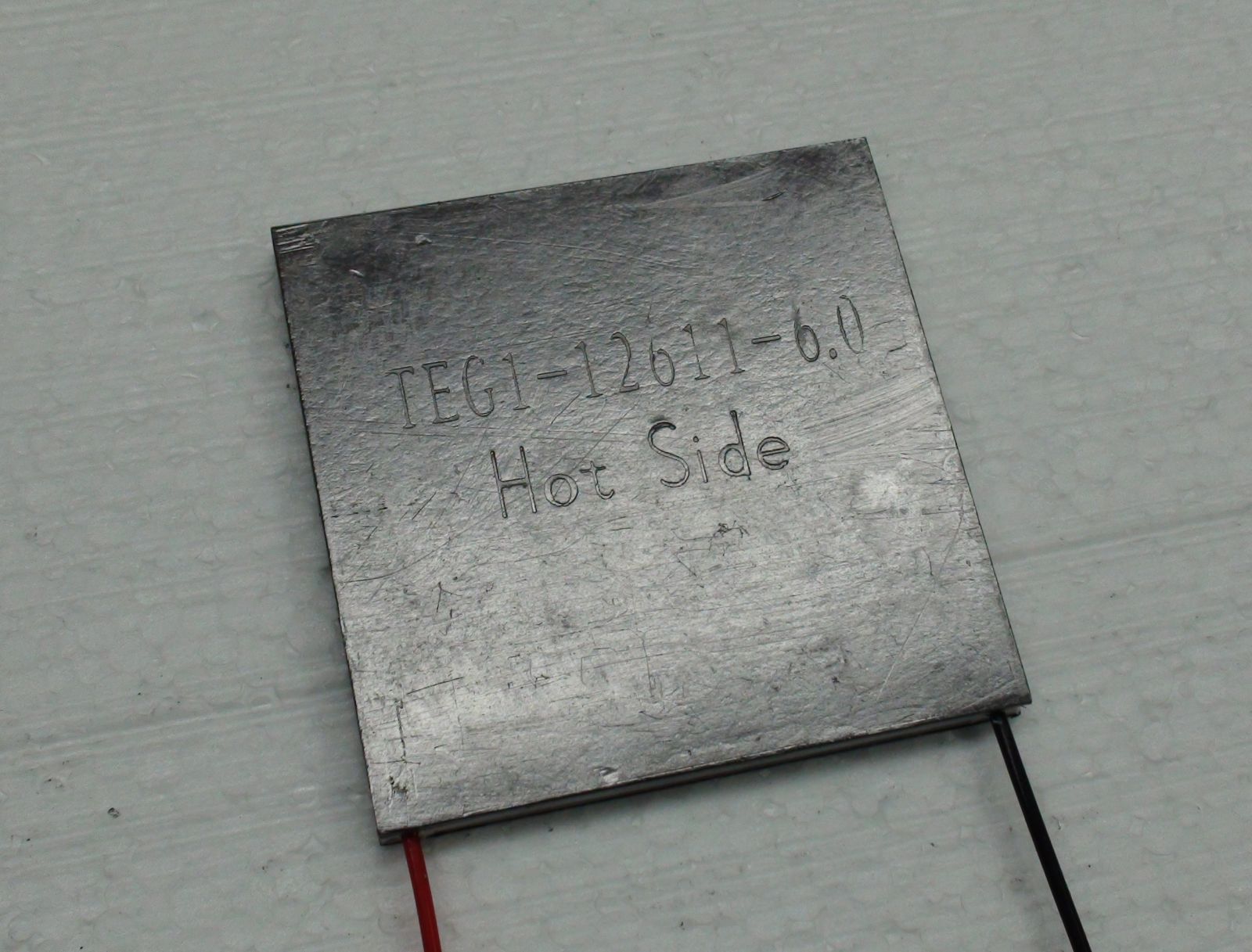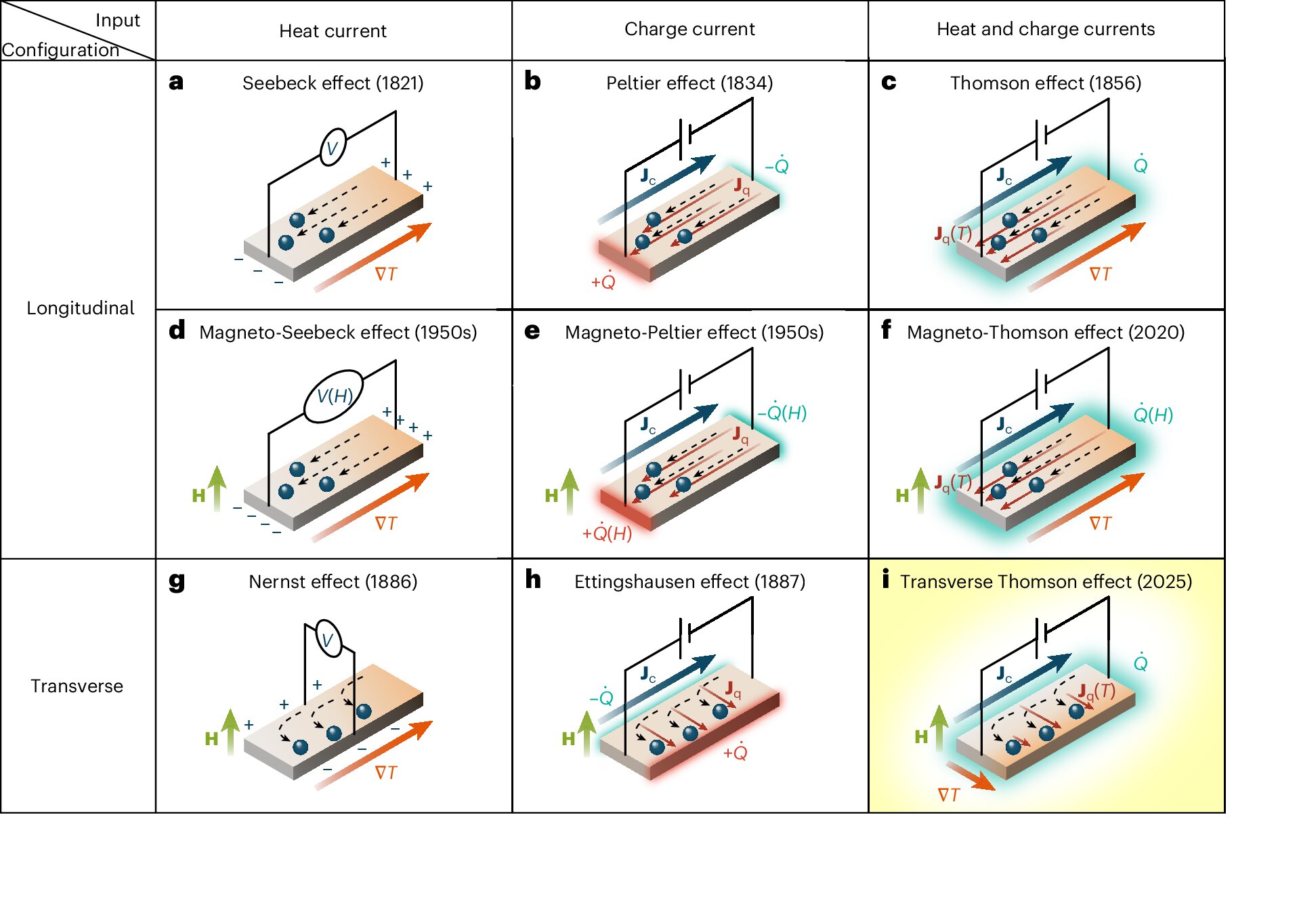⚡ A major breakthrough in thermoelectricity after a century of anticipation
Follow us on Google News (click on ☆)

A thermoelectric plate capable of converting heat into electrical energy via the Seebeck effect.
Image Wikimedia
Thermoelectric effects, such as those of Seebeck, Peltier and Thomson, have been known since the 19th century. They explain how heat and electricity interact in materials. The Thomson effect in particular describes volumetric heating or cooling when an electric current and a temperature gradient pass through a conductor in the same direction.
The transverse version of this effect, theoretically predicted, links an electric current, a temperature gradient and a magnetic field in orthogonal directions. The research team has successfully observed this phenomenon for the first time, thanks to advanced thermoelectric imaging techniques.
To isolate the signal of the "transverse Thomson" effect from other competing thermal effects, the scientists used a method based on phase-locked thermography. This approach clearly distinguished the sought-after effect from interference.

Thermoelectric effects.
Credit: Nature Physics (2025). DOI: 10.1038/s41567-025-02936-3
One of the most surprising discoveries was the ability to switch from heating to cooling simply by changing the direction of the magnetic field. This behavior opens up new prospects for precise temperature control in various technological applications.
The implications of this discovery are far-reaching, particularly in the field of thermal management. Researchers are already considering applications to improve the efficiency of thermoelectric cooling devices. The search for new materials, where the components of the transverse Thomson effect reinforce each other, represents a promising avenue for future studies.